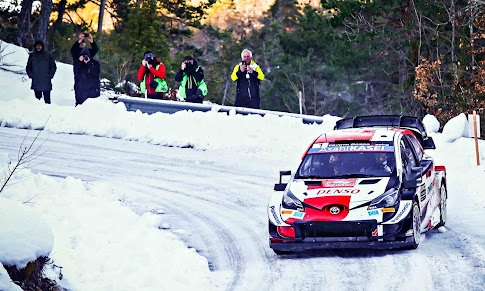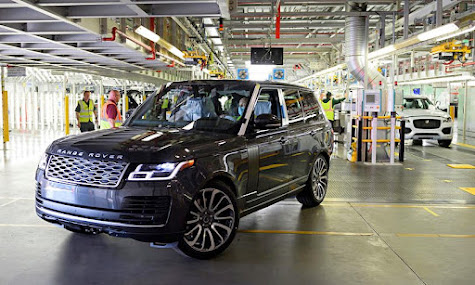When a car company has many brands, they share a great deal to reduce costs and to gain benefit from other efficiencies. When dealing with separate companies, it's not so easy. The uniqueness that makes them what they are is often compromised, not to mention the challenges for engineers working with each other.
I think of Jaguar and Alfa Romeo being two brands that share a similar ethos. Both are small in volume so bringing new products to market must be difficult to justify cost-wise. So is there an opportunity being missed here to save costs and make available to the customer a reasonable range of products?
I went back to 2011 and compared the ranges of the two. Both I must say make good very looking cars. The Alfa data is for total production and Jaguar's for total sales. Not ideal but over a series of years they will provide a clear and accurate picture.
Back in 2011 Alfa Romeo production was 136,000 units. The MiTo mini 3-door hatchback was selling quite well but I would have thought the numbers needed to be higher to make money. The small Giulietta 5-door hatchback was selling well for the size of the brand. Strangely the medium sized 4/5-door 159 was being phased out but no replacement.
As time passed sales dropped with only the arrival of the small 4C sports car which was very much a narrowly focused product. In five years, production numbers dropped by over half. The owners didn't seem to know what to do with the marque.
Jaguar was a mirror opposite to Alfa Romeo. In 2011 sales were just 50,000 with three models. The medium XF doing most of the volume. The large XJ was solid but that sort of car was going out of vogue. Finally, the small volume impressively styled XK grand tourer sports car.
Over the next few years, the F-Type indirectly replaced the XK and the compact XE saloon car took over from the X-Type after a brief hiatus in that segment. The good news was that numbers were going the right way for Jaguar, 83,500 by 2015. The contrast with Alfa Romeo was stark.
So the only commonality between the two was the 4C and F-Type yet they really were different in focus. So could they could have worked together in a complementary way? Alfa was making smaller cars and Jaguar larger.
That could have worked but I can see why it didn't happen. It could have ended up a failed arrangement for Jaguar in particular who surely didn't need to go down the small car road. Alfa Romeo may have liked the XF but the model cycle wouldn't have worked. Would there be a chance of colaboration in the future? The next in the series can be accessed by
clicking here.
































